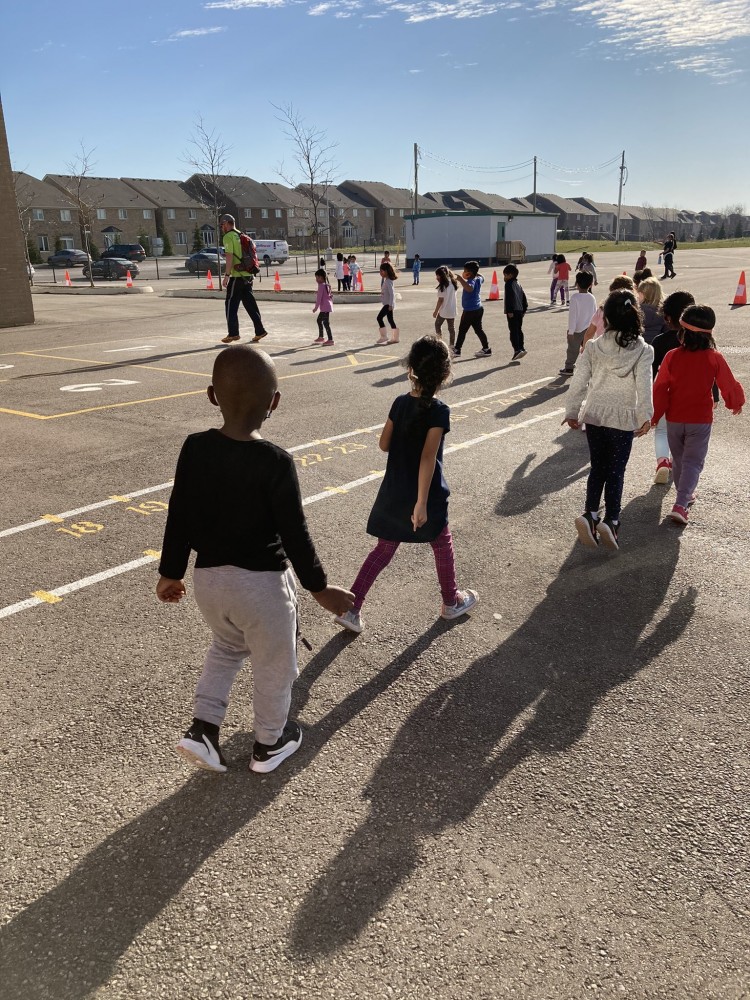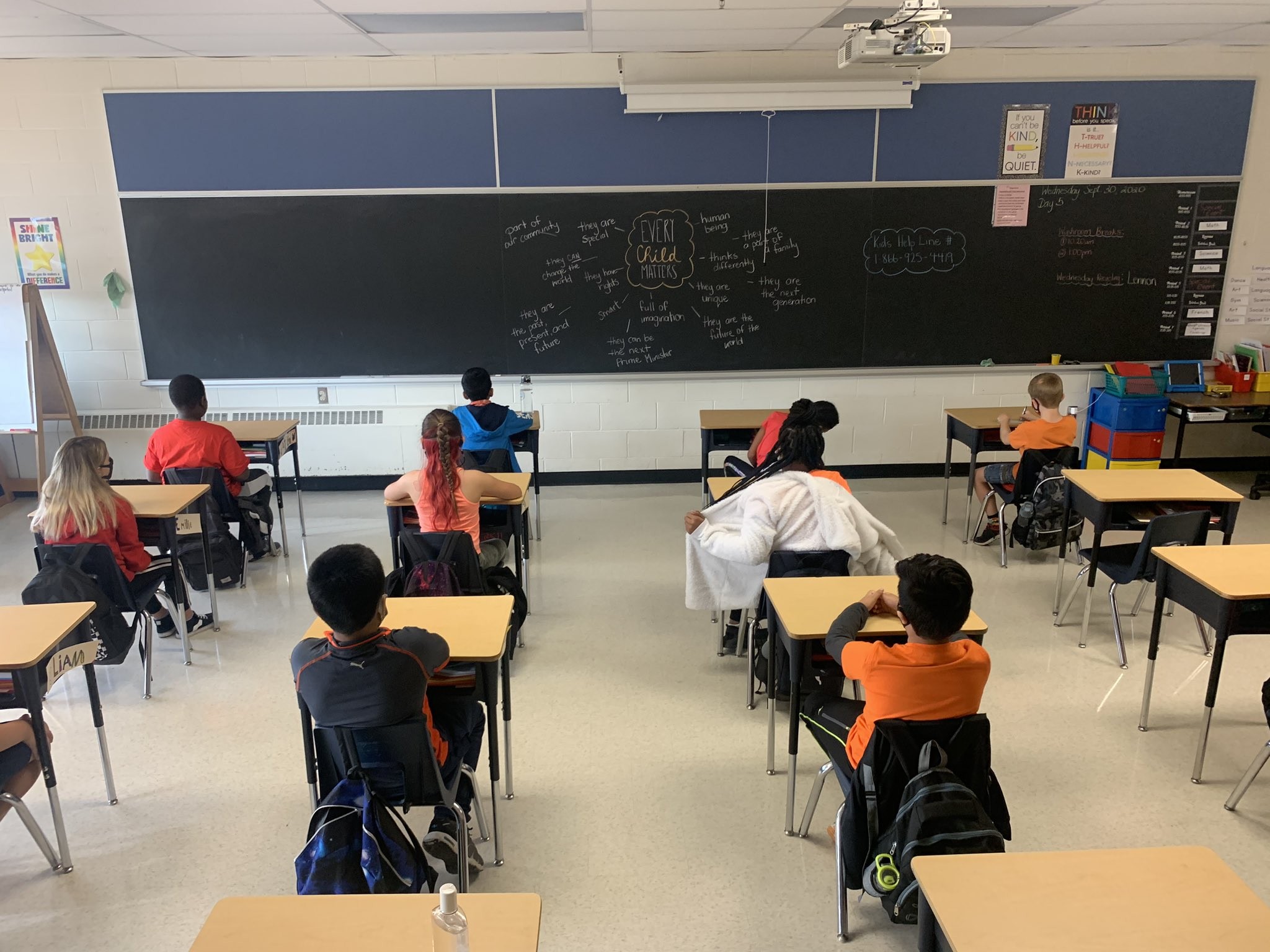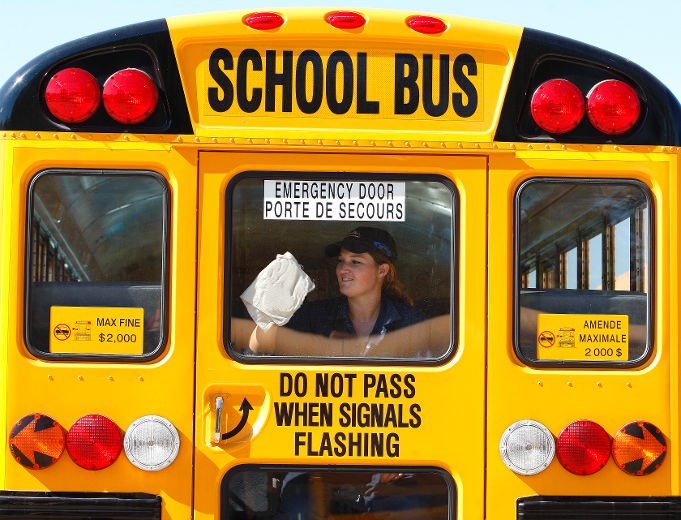
‘Our members are very afraid’: Teachers’ union asks Peel Public Health for better support
With every passing day of this relentless pandemic, teachers in Peel schools are feeling less safe. Wide community spread of the novel coronavirus has led to new cases popping up in Brampton, Caledon and Mississauga schools on a daily basis.
All eyes have been on the region after its medical officer of health, Dr. Lawrence Loh, announced additional local measures Saturday to combat the spread of the virus. Strict limits on gatherings and events were added to Provincially suggested measures, which some experts have said are too lenient, to deal with what he calls an “increasingly dire” situation.
The constant rise of new COVID-19 cases is unsettling teachers, many of whom have reached out to their union. The Ontario Secondary School Teachers’ Federation (OSSTF) Division 19 wrote to Peel Public Health Monday to request further precautions in schools to keep those working inside classrooms safe.
“We’ve received dozens of phone calls from our members in the past week asking us to speak up about this issue,” Ryan Harper, OSSTF Peel’s acting president, told The Pointer. “Almost all of our secondary schools have now had confirmed cases, and our members are very afraid because they keep hearing of situations where people are attending school when they should probably be staying home due to positive COVID cases in their household.”
The Province reported 258 new cases in Peel on November 7, 385 cases on November 8 and 279 cases on November 9. The 664 cases over the last two days represents the highest per capita rate of any municipal region in Canada.

With the worst COVID-19 case rate per capita in the whole country, Peel teachers are effectively teaching in Canada's COVID capital.
But, even as the cases continue to spike dramatically, teachers in the classroom have little recourse. Five days a week, since September, the majority have left the safety of their homes and stepped into schools to help guide students while interacting in a social setting unique to schools.
Unlike businesses that are shutdown and restaurants in Peel heavily restricted to ten patrons, dining among family only and other strict social distancing measures, the same is not seen in classrooms.
In some cases more than 20 people share an enclosed space, where two-metre distances simply cannot be achieved and air circulation is poor. Teachers have reported that keeping classes in their own zones is often difficult, particularly with younger students.
As time has passed and Ontario’s second wave has intensified, the job has felt increasingly risky. For Peel District School Board (PDSB) and Dufferin-Peel Catholic District School Board (DPCDSB) each new day means a rise in active cases.
As of 2 p.m. on November 9, a count by The Pointer shows 35 percent of PDSB and DPCDSB schools have at least one active case of COVID-19. The tally, revealing 142 schools reporting active cases on the two boards’ online dashboards, represents a 30 percent increase from October 28 figures reported less than two weeks ago.
The increase is in active cases and not cumulative cases, meaning more students and staff currently have cases of COVID-19 compared to earlier weeks, as many of those cases have since been resolved. Both boards only show active cases on their dashboards, removing those that are no longer active.
The increase represents the largest proportion of Peel schools reporting active cases of the novel coronavirus since the mandatory information was released daily by boards starting in September.
The number of cases per school has also risen, with the total number of cases up 44 percent on October 28. The average is up from 1.4 cases per infected school to 1.7, with several schools reporting five cases or more and a slew of closed classrooms. Shaw Public School, where Peel Public Health has declared an outbreak, has reported 5 cases and closed three classrooms, while Turner Fenton Secondary School and Cardinal Ambrozic Catholic Secondary School also have five cases each.
A higher percentage of PDSB schools are recording active COVID-19 cases than DPCDSB, with 36 percent of the larger board’s schools currently showing an active case.
You can view the number of cases at schools around Brampton and Mississauga as well as their risk ranking using The Pointer’s interactive map. This resource is updated every Monday to reflect new data and offer an overview of the viral spread in Peel’s education settings.
View COVID-19 Map of Peel Schools in a full screen map
In a letter, described as “a plea to create safer conditions” for teachers, Harper laid out several concerns he had heard from members. In particular, he highlighted a disconnect between COVID-19 cases at home and precautions in the classroom. He said when family members test positive, students or teachers are not considered to be “presumed positive” and instead are simply a “known contact”. This, the union executive says, increases the risk for those in the class as the student is told to stay home with their family, but their classmates are not told to isolate and the cohort is not dismissed.
“Quite often, that student has already been exposed and attended school,” he wrote. “That student’s classroom should be closed and thoroughly cleaned as if that student has tested positive in order to reduce the risk of transmission to other students and staff.”

More than a third of Peel schools have active cases of COVID-19.
In an email to The Pointer, Loh explained it was not “public health practice anywhere” to isolate the contacts of contacts, but that if the known contact falls ill, their immediate circle – in this situation their cohort – would be told to isolate.
“Routine cleaning and disinfectant products are effective against COVID-19; evidence has evolved to suggest that it is primarily prolonged exposure to people, not surfaces and things, that is spreading this virus,” Dr. Loh added.
Harper also complained teachers are not informed which students have been told to isolate and are therefore unable to identify anyone breaking their quarantine. He said some of those students end up attending school because staff don’t know they’re a COVID-19 threat and some “do not understand what the direction to isolate means.”
In particular, the union asked for classrooms to be closed “immediately upon hearing” about a COVID-19-exposed staff member or student who has entered the room.

It is prolonged exposure to other people that increases risk of infection, rather than touching surfaces of things, says Dr. Lawrence Loh.
Loh, who is preparing a full response to OSSTF’s concerns, said that “on occasion” people who should be self-isolating go into schools, but that they are immediately told to return home if the school or Public Health is made aware.
PDSB did not provide a comment or clarification.
Next week, PDSB teachers will be subject to a learning change as the board’s online high school winds down and is replaced by synchronous learning directly from classrooms. The move comes after a majority of elementary students have now opted to learn online and almost half of all high school students decided they were more comfortable at home.
Despite the high number of cases in Peel schools, the local Public Health unit has only declared a handful of outbreaks. In total, there are four outbreaks not yet marked as resolved by Peel Public Health.
The threshold for declaring an outbreak at a school is relatively high compared to other settings. In long-term care, for example, a single resident or staff case of COVID-19 constitutes an outbreak, whereas in schools two or more cases must demonstrate an epidemiological link to show spread could have taken place in the school environment.
With Peel Public Health forced to ask the Province for contact tracing backup, due to a lack of resources in places like Brampton, despite being the worst hit municipality in Ontario, this may be an increasing challenge.
Email: [email protected]
Twitter: @isaaccallan
Tel: 647 561-4879
COVID-19 is impacting all Canadians. At a time when vital public information is needed by everyone, The Pointer has taken down our paywall on all stories relating to the pandemic and those of public interest to ensure every resident of Brampton and Mississauga has access to the facts. For those who are able, we encourage you to consider a subscription. This will help us report on important public interest issues the community needs to know about now more than ever. You can register for a 30-day free trial HERE. Thereafter, The Pointer will charge $10 a month and you can cancel any time right on the website. Thank you.
Submit a correction about this story


